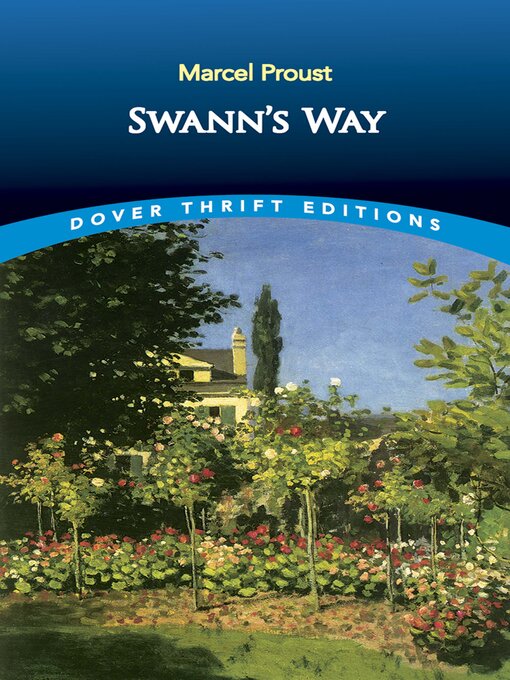A psychological self-portrait, a clear-eyed social study, and a profound meditation upon the artistic process, Marcel Proust's monumental, encyclopedic masterpiece A la recherché du temps perdu (In Search of Lost Time) changed the course of 20th-century literature. Swann's Way, the first volume, introduces the novel's major themes and its unnamed narrator, an introspective man drawn, in his youth, to fashionable society, like the author himself. Through his narrator's consciousness, Proust offers readers a comprehensive portrait of the high society of Paris from the 1870s through the First World War.
Swann's Way begins with the narrator's reminiscences of early childhood — including, famously, his evocative memory of eating a pastry called a madeleine — and his fascination with what seemed the separate worlds of his family's various neighbors and acquaintances. He then turns his focus to the wealthy connoisseur Charles Swann and his obsessive relationship with the vulgar but radiant courtesan Odette, chronicling in detail the milieu in which it is enacted and its unfortunate effects on him.
Du côté de chez Swann first appeared in 1913. It is a bitingly satiric, often comic evocation of French society that addresses a range of philosophical questions about perception, memory, desire, art, family, and politics. On its own or as part of a larger work, it is a rich search for a reality that transcends the passage of time.

